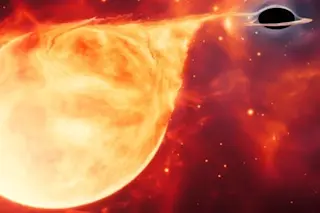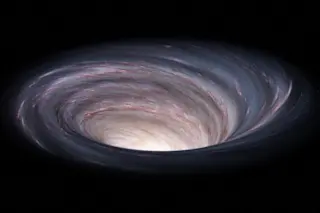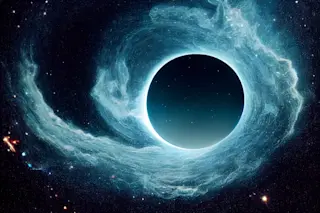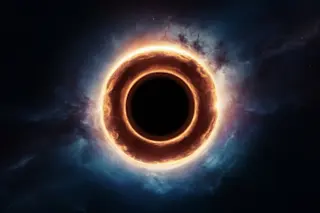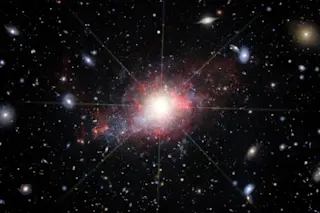While “seeing” black holes technically isn’t possible, astronomers are fairly certain they exist both in small and super-sized varieties. Medium versions, however, called intermediate-mass black holes (IMBHs), have remained surprisingly elusive. Because astronomers think they’re missing an important link between the smallest and largest black holes, confirming that IMBHs exist would have powerful implications for the evolution of these light-gobbling beasts.
Now, astronomers, including Dacheng Lin from the University of New Hampshire, are circling back to a possible IMBH they reported on in 2018. Armed with new observations, the researchers think their candidate IMBH looks more like a mid-sized black hole than anything found before, weighing in at some 50,000 times the mass of the sun. If confirmed, the IMBH candidate might serve as evidence that supermassive black holes slowly build up over time through multiple mergers of smaller black holes.
The researchers published their new results on March 31 ...


